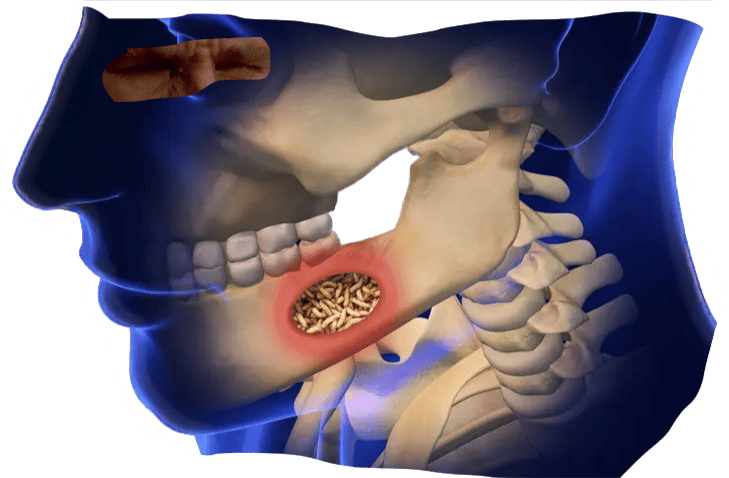$50.00
**AYNE EMAN — *Let’s Talk Eyene* (2×C90 + Book Box Set)**
*(Recovered narrative log from the destroyer vessel *EYENE*, orbiting the methane seas of Neptune)*
---
**Tape I — “Nebular Regret at 0400 Hours” (18:00)**
At 0400 hours, the destroyer *EYENE* drifted between two seas: one of methane, the other of thought. The hull was silent except for the small, steady *click* of the captain’s **tremor**—a symptom of **Parkinson’s**, or perhaps of the planet’s gravity pressing too hard against his nervous system.
> “The body,” he wrote in the log, “is just a faulty vessel mirroring the ship.
> Each neuron a bulkhead. Each pulse a corridor of static.”
The crew no longer remembered their own names; the **memory loss** spread faster than frost. Behavioral changes surfaced—laughter during alarms, crying during meals. The medic said it was *radiation of the basal ganglia*, but the book insert called it *“divine interference.”*
Outside, Neptune’s clouds folded like bruised tissue. The destroyer cut through them as though slicing the mind open to check for signs of **infection**—meningitic storms that bloomed in ultraviolet swirls.
A handwritten note inside the *Let’s Talk Eyene* volume read:
> “If you feel pins and needles, do not report to Medical.
> That’s only the planet touching your peripheral nerves.”
---
**Tape II — “The Plasma Choir Ascends” (Side A)**
By the next orbit, the plasma storms began to sing.
Their frequencies matched human speech but ran backward.
> “.emoh ni nur reven nac uoy ,nrut dna nrub”
> (“Burn and turn, you can never run in home.”)
Crewman Irel, half-delirious, said he could hear the **Plasma Choir** counting the dead in harmonic waves. He drew graphs on the observation glass with blood and frost:
```
GRAPH 1: Symptom Frequency over Voyage
Severity ↑
9 | * (Behavioral instability)
8 | *
7 | * * (Memory failure)
6 | *
5 | * *
4 |*____________________________________ TIME →
0 10 20 30 40 (Hours since 0400)
```
“Every spike,” he whispered, “is a mood swing in the god of machines.”
The captain recorded this for the archives, though his own handwriting had already begun to drift into mirrored loops. The **autonomic** systems of the ship—breathing, fuel regulation, heartbeat alarms—fell out of sync. The destroyer, like its crew, began to stutter.
---
**Book Box Insert — “Origin of Supernatural Probabilities”**
*Schrödinger’s Seraphim in the Probability Engine* (20:12)
In the supplemental text, Ayne Eman describes *“supernatural probabilities”* as neurological mutations born from cosmic exposure. Each chapter reads like a radiology report written by a poet:
> “Huntington’s spreads along the orbit lines.
> Parkinson’s becomes the hum of propulsion.
> Stroke is the shadow cast by Jupiter’s eye.
> Every synapse remembers the first explosion.”
Diagrams of **neurons** resemble **star maps**, labeled with constellations like *Cerebellum Minor* and *Amygdala Prime*. Between the diagrams, charts track “degenerative beauty”:
```
GRAPH 2: Degeneration vs. Transcendence
↑ Transcendence
10 | *
8 | * *
6 | * *
4 | * * (Eyene Orbit)
2 | * *
0 |_____________________________________________→ Time
0 5 10 15 20 25 30 35
```
*The more they lose, the more they ascend.*
---
**Tape II — “Fourth Movement: God’s Anxious Loop / Time Is a Leaking Organism”**
Half the crew gone now—some to madness, some to stillness. The destroyer’s black box records involuntary tremors in the navigation arrays. Each flicker of blue light is a neuron firing, forgetting, dying, repeating.
> “The nervous system looks like a tree,” reads the insert.
> “The trunk is your Central System—your Brain and Cord.
> The branches are Peripheral—each nerve a wandering vine through cold space.”
But here, in Neptune’s orbit, the tree is upside down: its roots drink from frozen gas; its branches tangle with lightning.
The captain’s final entry, written with shaking hands:
> “Time leaks. The cortex floods.
> Our neurons have become sails.”
He draws one last diagram before the tape cuts off:
```
GRAPH 3: The Nervous System as Vessel
Brain = Bridge
Spinal Cord = Keel
PNS = Sails and Rigging
Autonomic = Wind
Somatic = Crew (Disobedient)
Sympathetic = Fire
Parasympathetic = Ash
```
---
**Tape II (B-Side) — “When the Sky Bled Orange Over the Forgotten Circuit” (4:20)**
The shortest piece, but the most unbearable.
The destroyer plunges beneath the methane, still broadcasting through static and fever. The ocean becomes an electric pulse. A voice, maybe Ayne’s own, whispers through reverse distortion:
> “.em rof nigeb reven saw ti ,dne eht ta emit eht sa emiT”
> (“Time, at the end, was never meant to begin for me.”)
The final minute is only low humming—something between **pain and coordination loss**, something that could be either nerve damage or religious revelation.
In the book’s back pages, faint and water-stained, a last printed line:
> “Every symptom is a star.
> Every star is a dying nerve.
> Every dying nerve becomes a sea.”
---
**POSTSCRIPT — Graph 4: Neptune Symptom Spectrum**
```
Pain ↑
10 | * (Neuropathic lightning)
8 | * * (Mood collapse)
6 | *
4 | * * (Memory loss)
2 | *
0 |____________________________________ TIME →
0 1 2 3 4 5 (Orbital Days)
```
---
**Critical note (etched on the case spine):**
> *Let’s Talk Eyene* is not an album, nor a voyage—
> it’s the **conversation between a failing nervous system and a dying planet**.
>
Numbered edition of 1.

